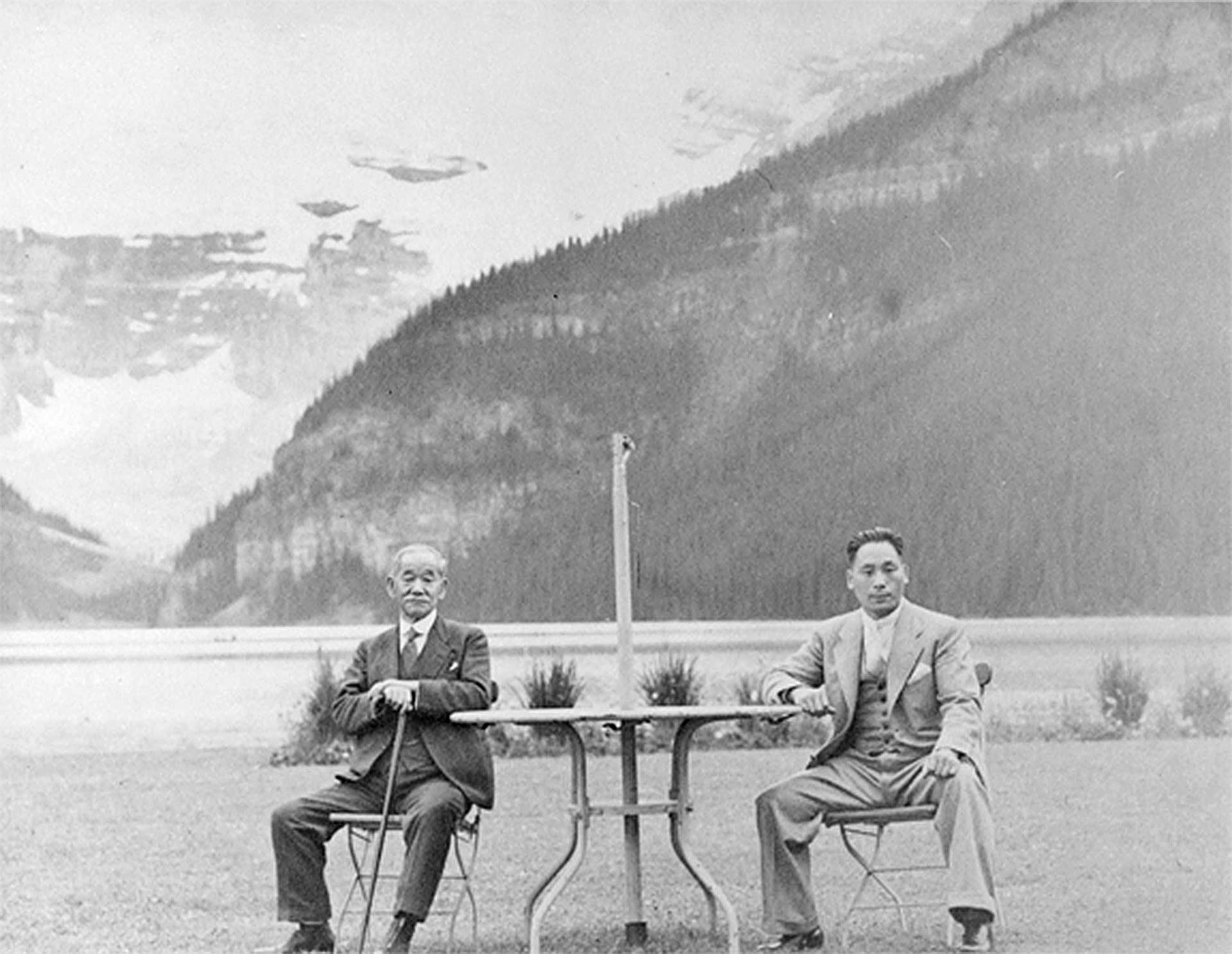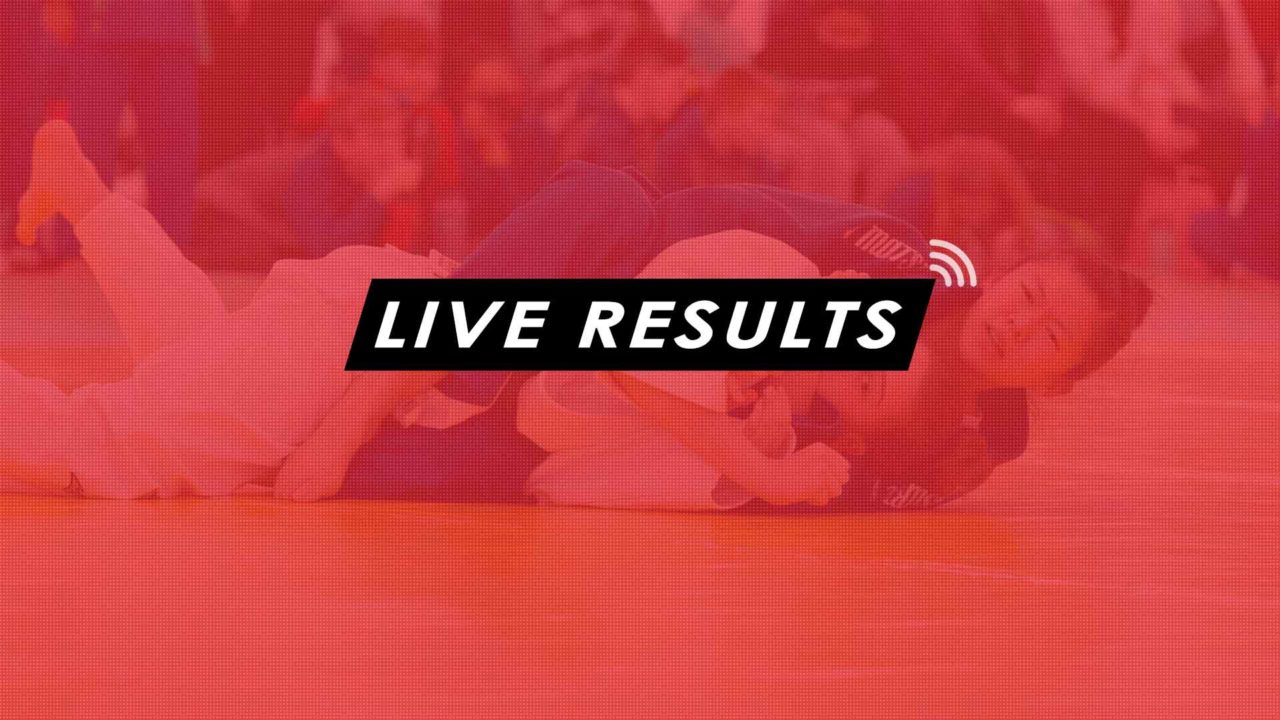Header Photo: Professor Jigoro Kano accompanied by Shigetaka Sasaki at Lake Louise, en route to the International Olympic Committee meeting and the 1936 Olympic Games in Berlin.
Jigoro Kano founded judo in 1882 in Japan by combining the techniques and the philosophies of several schools of jujitsu. In Canada, judo started with the establishment of the first dojos in the Vancouver area run by Sensei (teachers) of Japanese origins.
There is some indication that judo was practised in Vancouver as early as 1910, but the only substantial records of early judo in Canada claims that the first permanent dojo was established in 1924 by Shigetaka Sasaki, the father of Canadian judo.
With members of the RCMP detachment undergoing instruction, many toward black-belt status, interest in judo among the non-Japanese community began to grow. In 1933 there were a few Caucasians competing in the spring and fall tournaments in Vancouver, and many more were interested spectators.
In 1936, Jigoro Kano travelled to Berlin to make another presentation of judo to the International Olympic Committee. He travelled to Canada first, where he selected Shigetaka Sasaki to accompany him on this very important mission.
More and more members of the community at large were becoming interested in judo. Judo was starting to flourish. Then came a reversal of fortune, Japan’s entry into World War II in 1941. This set the Japanese-Canadian community, and judo, back several decades. In 1941, all clubs were closed.
Shortly after Japan’s bombing of Pearl Harbor on December 7, 1941, the Canadian Government, now at war with Japan, decreed that all people of Japanese descent in B.C. must evacuate a 100-mile zone running along the Pacific Coast because of supposed threats to military security. This expulsion ultimately led to the seeding of judo throughout Canada when the displaced Japanese Canadians opened dojos wherever they resettled.
The postwar dojos opened east of the Rockies in the mid-to-late 1940s, as B.C. judokas accepted any type of employment elsewhere in Canada as a legitimate means to escape the detention camps with their families intact. It was not until 1949 that people of Japanese origin could return to the West Coast, so the reopening of dojos there did not happen until the 1950s, almost a decade later. This explains why the headquarters for judo shifted from Vancouver to Toronto where a large number of B.C. judokas resettled in the mid-to-late 1940s.

 SHOP
SHOP













